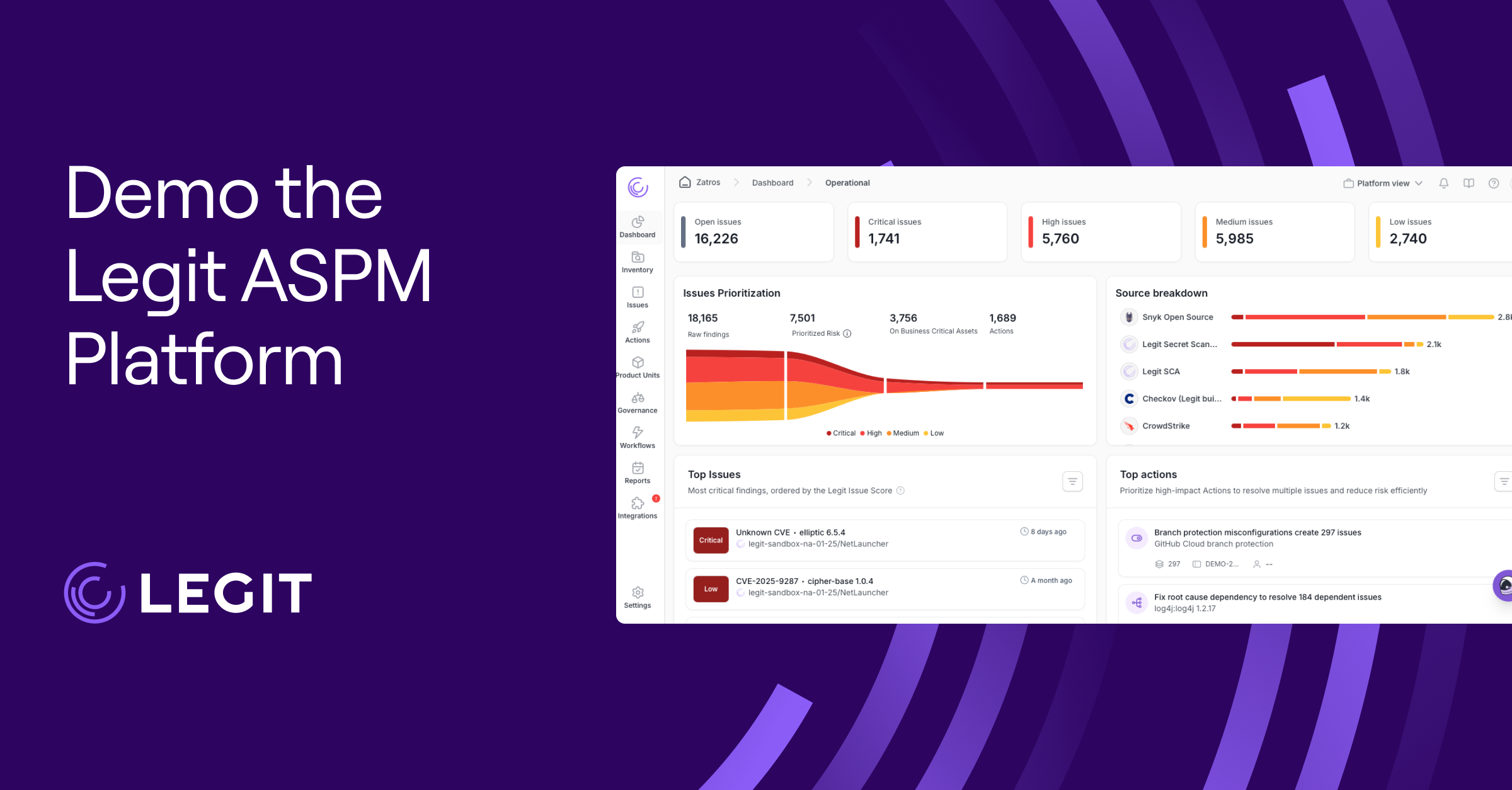Despite the growing return-to-office mandates, hybrid and remote workers still make up a large portion of the global workforce. Even multinational companies with in-house offices worldwide must connect those teams via secure networks. This creates complex cloud-first architectures that require robust security solutions.
As an agile, cloud-native security model, security service edge (SSE) offers effective ways to protect your hybrid and remote environments. In this guide, we’ll introduce you to SSE, explore its key components, talk about its benefits and use cases, and explain how it can improve your digital security strategy.
What Is SSE?
The SSE framework is a unified, cloud-delivered approach to security. SSE protocols apply security measures—such as gateways and firewalls—as close to the user or data source as possible to reduce latency. This ensures that users can securely connect to the applications, networks, and data they need from any location.
By delivering security directly via the cloud, this model frees global and distributed teams from relying on outdated, on-premises tools. Additionally, IT can use SSE to harden defenses by applying consistent patching and other protections across all endpoints.
Why Is Security Service Edge Important in Modern Environments?
Legacy security systems are often ill-prepared to handle the demands of remote and hybrid work. While many companies have adjusted to these demands, others still run ad-hoc solutions that fail to deliver comprehensive coverage.
SSE can help organizations address issues like:
- Increased attack surfaces: Remote access from various devices and via different networks can increase risks and broaden your organization’s threat landscape.
- Complex visibility gaps: Traditional perimeter defenses don’t provide clear and comprehensive insights into cloud traffic, unauthorized apps, or attempts to exfiltrate data and other assets.
- Scalability needs: Legacy systems can struggle to adapt to the rapid scaling—ramping up or ramping down—of tech infrastructure for varying needs.
Core Components and Capabilities of SSE
SSE encompasses many security elements, which work together to ensure visibility and protection across cloud-first environments and networks. Here are the core components of this model.
Zero Trust Network Access (ZTNA)
Virtual private networks (VPNs) have helped countless companies secure their data, but this technology isn’t without issues. Common problems when using VPNs include latency, data leaks, malware intrusions, and man-in-the-middle attacks.
SSE provides an alternative by replacing VPNs with Zero Trust principles. Following the ZTNA model means only granting access to authorized persons, and erring on the side of caution by defaulting to denial when a user’s permissions are uncertain.
Secure Web Gateway (SWG)
SWG serves as a filter between users and applications. This software inspects all web traffic in an enterprise network to enforce URL, content, and security policies. It can also block malicious code and prevent data exfiltration.
SSE security teams use SWGs to improve compliance with acceptable use policies, block credential theft, and reduce the risk of malware infections. Some SSE SWG tools also provide reporting and analytics features, summarizing user activity across networks to improve visibility.
Cloud Access Security Broker (CASB)
A CASB serves as a gatekeeper and policy enforcement point between users and cloud applications. This technology monitors cloud traffic to detect unsanctioned apps, as well as to enforce data loss prevention and encryption policies.
CASBs can also help organizations detect risky behaviors and meet regulatory requirements. These capabilities make CASBs particularly essential for securing SaaS networks, since they handle so much sensitive user data and are subject to various regional policies and compliance expectations.
Firewall-as-a-Service (FWaaS)
FWaaS is a cloud-based application that functions similar to on-premises firewall solutions. It offers centralized control and better scalability, while still delivering real-time protection.
When properly configured, FWaaS protects against many modern cyberattacks, and it supports consistent policy enforcement across distributed environments. SSE security teams often use FWaaS to secure mobile users and remote offices.
SSE Use Cases and Benefits
Organizations can use SSE to address many of the gaps left by legacy systems and ad-hoc solutions. Here are some of the ways it can future-proof your business’ digital presence:
- Secure access to cloud services: With SSE, you can provide remote developers and contractors with seamless access to public and private SaaS applications, all without using a VPN. SSE achieves this improved cloud security by using least-privilege protocols like ZTNA.
- Enhanced visibility and control: By monitoring the flow of data and SSE network traffic in real time across channels, you can better control network security. Teams equipped with SSE tools can also more easily catch suspicious behavior indicative of security threats.
- Advanced threat detection and mitigation: SSE often relies on AI-powered threat intelligence to identify and block attacks and misuse in real time. Plus, you can further strengthen security by using sandboxes and anomaly detection to neutralize malware and phishing attempts.
- Consistent policy enforcement: Under the SSE model, you can automate security standards and apply them across remote, branch, and corporate environments. This is especially useful for remote teams that use bring-your-own-device policies, or rely on a mix of personal and corporate devices.
- Streamlined security operations: A complete framework like SSE helps you consolidate a hodgepodge of tools and workflows into one comprehensive security solution. This is a great way to reduce complexity and lower operational costs.
SSE vs. SASE: What Is the Difference?
SSE is the defense-only slice of the broader security access service edge (SASE) framework. SSE focuses on delivering key security features through the cloud, and it doesn’t extend to on-premises devices.
In contrast, SASE combines both networking and security devices to deliver full-stack connectivity and protection across an enterprise network. These services include:
- Software-defined WAN (SD-WAN)
- Traffic optimization
- Quality of service
Security teams can adopt SSE independently to protect web and cloud applications. Alternatively, they can integrate those applications into an SD-WAN or other networking infrastructure to provide a complete SASE solution. Combining SASE and SSE means taking full control over your organization’s security.
Boost Your SSE Strategy With Legit Security
While SSE provides strong protection at the network edge, it doesn’t always address risks that originate early in the development process. Engineers can inadvertently introduce risks throughout the entire software development lifecycle by relying on risky AI models, failing to secure repositories, or even using corrupted data.
Legit Security helps your team identify and address these threats before they make it to deployment. Our application security posture management (ASPM) system secures not just networks, but also the applications and code that build them.
Ready to get started? Request a Legit demo to learn how it can complement and enhance your SSE strategy.
Download our new whitepaper.


